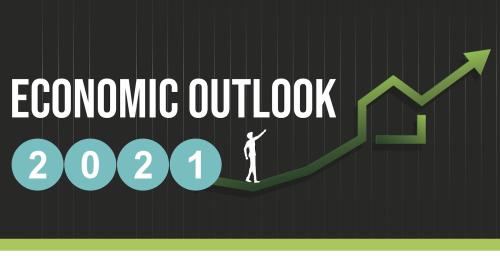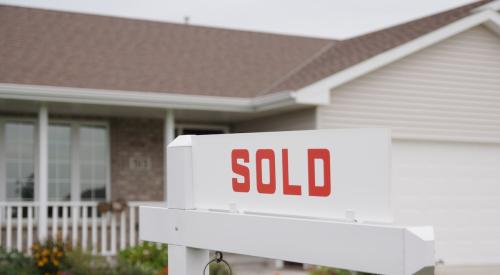Bidding wars, soaring building material costs, and builders putting the brakes on sales so production can catch up will be so last year. Conor Sen of Peachtree Creek Investments writes in Bloomberg that 2022 could be somewhat normal with steadier production and supply and still solid demand.
While supply-chain problems and some inventory constraints are likely to persist into next year, both buyers and builders seemed to be getting more comfortable with the current environment. Mortgage applications to purchase a home, after slumping from January through July, have increased over the past two months, this week reaching their highest level since April.
Even if the market is somewhat cooler compared with early in the year, it's still historically strong — for instance, the percentage of homes on the market that have posted price reductions is still lower at this point in the year than any comparable period other than 2020. The aforementioned NAHB housing market index increased by a point this month — the first signs of stabilization in months — suggesting that either supply chain problems or buyer demand is at least not getting worse.
One reason buyer demand and pricing are holding up is that affordability remains pretty good — perhaps a surprise to onlookers wondering how that could be possible given the amount of home price appreciation that's occurred since the start of 2020. So here’s the math: over the past two years, average hourly earnings for workers have risen by about 10%. Meanwhile, average 30-year fixed mortgage rates have fallen by about 0.7%. That means that, for an average worker, buying power has increased by about 16%.












